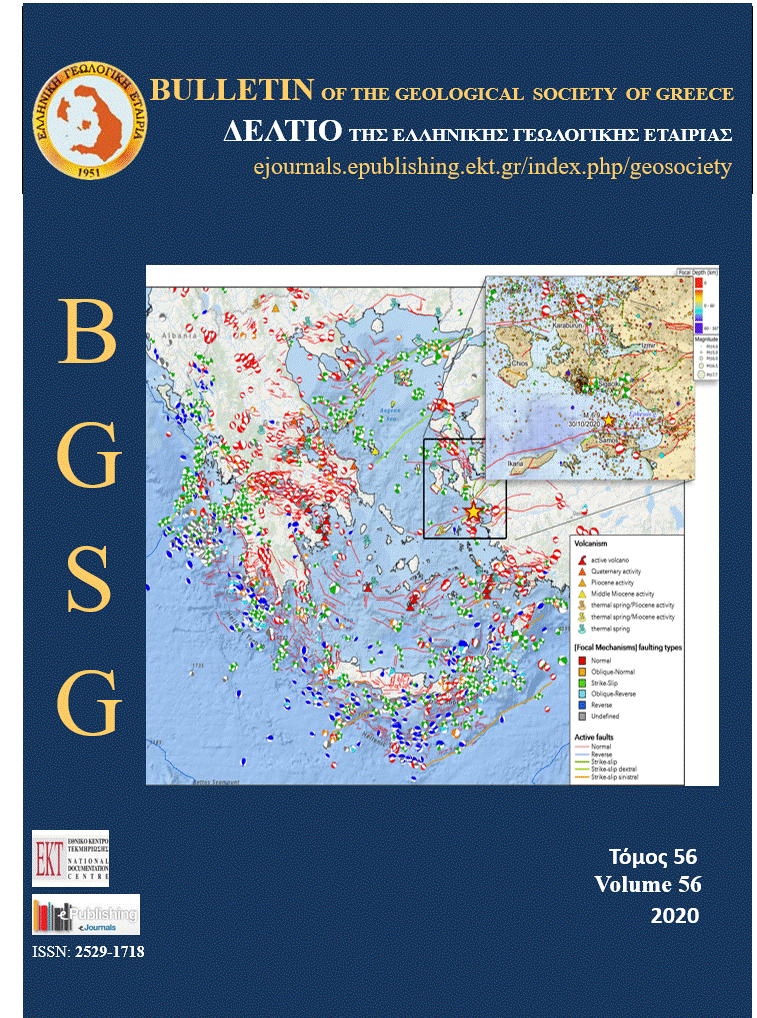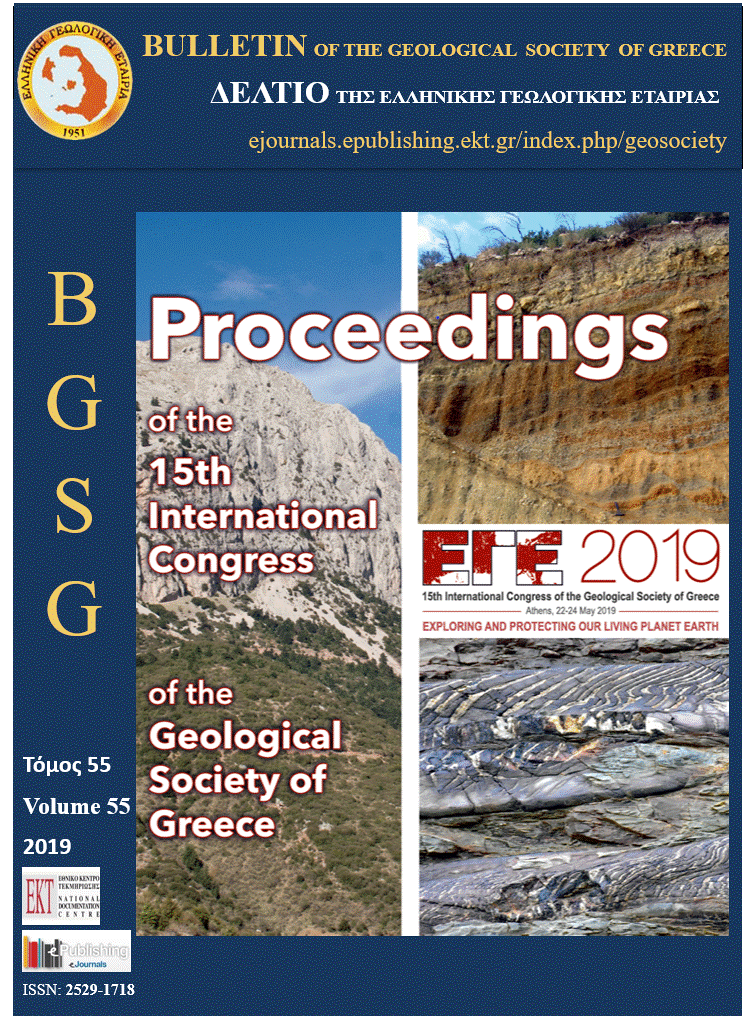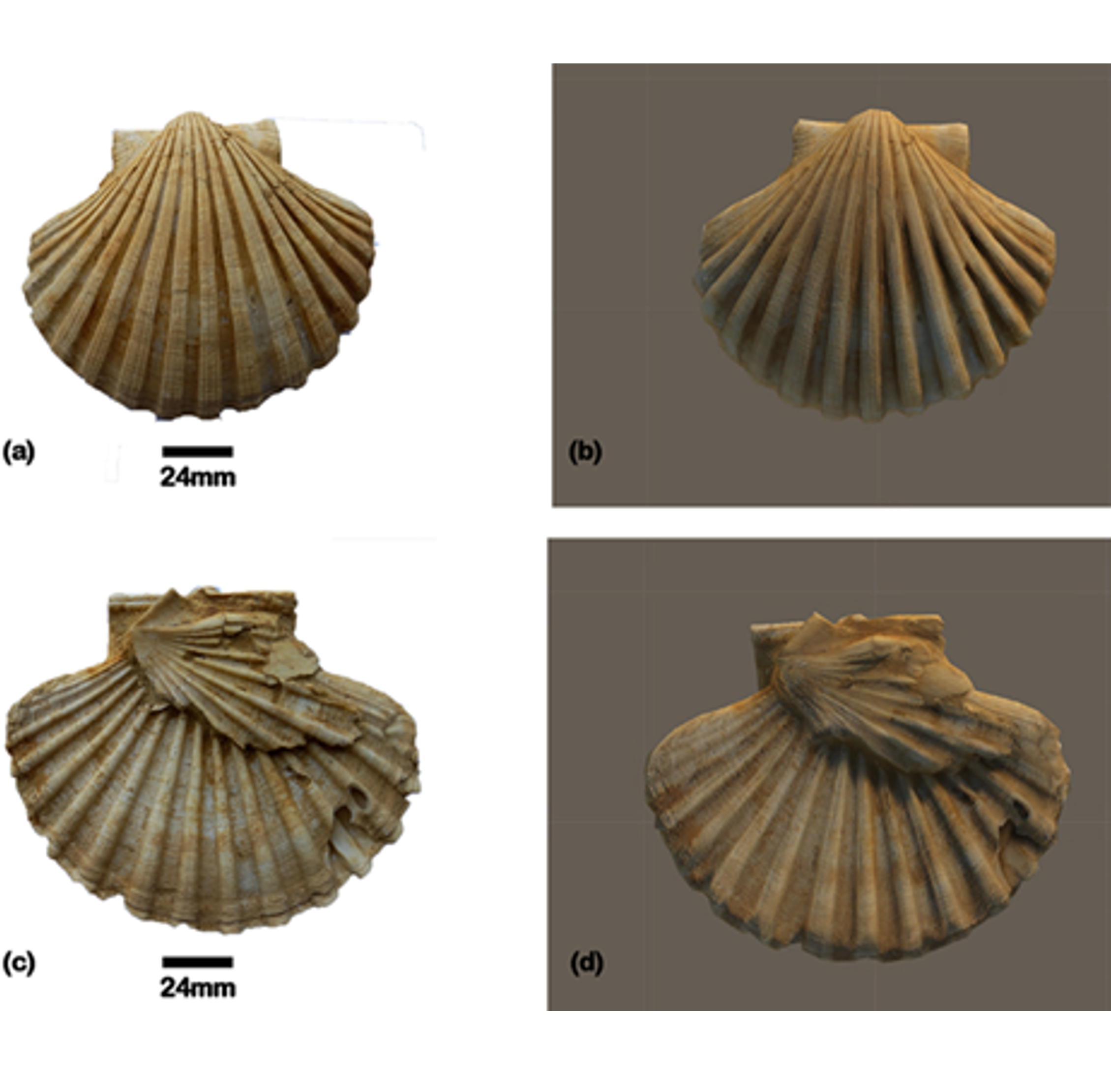The Mineralogical Composition of Samos Zeoliitic Rocks and their potential use as Feed Additives and Nutrition Supplements

Abstract
Fifteen (15) zeolitic rocks from Karlovassi-Marathokampos basin of Samos Island (Greece) were investigated for their mineralogical composition by X-Ray Diffraction (XRD) method. According to EU Regulation No 651/2013, clinoptilolite of sedimentary origin with ≥80 wt% clinoptilolite, ≤20 wt% clay minerals, free of fibres and quartz, can be used as feed additive for all animal species. Depending on the zeolites, the zeolitic rocks are grouped to those containing: Clinoptilolite (33-86 wt%), clinoptilolite (59 wt%) + mordenite (20-21 wt%), clinoptilolite (22 wt%) + analcime (29 wt%), clinoptilolite (17 wt%) + phillipsite (27 wt%), analcime (29-70 wt%), mordenite (62%) and chabazite (63 wt%). None of the clinoptilolite-containing rocks (10 samples) meet the requirements of the EU Regulation No 651/2013, and thus cannot be used as feed additives for all animal species and consequently as nutrition supplements, since all of them contain 2-5 wt% quartz, two of them 20-21 wt% mordenite (fibrous zeolite), nine of them <80 wt% clinoptilolite (17-73 wt%) and two of them >20 wt% clay minerals (27-42 wt%). Although the EU Regulation No 651/2013 refers to clinoptilolite of sedimentary origin, using the presence or absence of quartz and fibrous minerals, none of the five mordenite, analcime and chabazite containing zeolitic rocks, can be used as feed additives and nutrition supplements, since all of them contain 2-6 wt% quartz and one of them contains 62 wt% mordenite (fibrous zeolite).
Article Details
- How to Cite
-
Filippidis, A., Mytiglaki, C., Kantiranis, N., & Tsirambides, A. (2020). The Mineralogical Composition of Samos Zeoliitic Rocks and their potential use as Feed Additives and Nutrition Supplements. Bulletin of the Geological Society of Greece, 56(1), 84–99. https://doi.org/10.12681/bgsg.20706
- Issue
- Vol. 56 No. 1 (2020)
- Section
- Industrial Minerals and Rocks

This work is licensed under a Creative Commons Attribution-NonCommercial 4.0 International License.
Authors who publish with this journal agree to the following terms:
Authors retain copyright and grant the journal right of first publication with the work simultaneously licensed under a Creative Commons Attribution Non-Commercial License that allows others to share the work with an acknowledgement of the work's authorship and initial publication in this journal.
Authors are able to enter into separate, additional contractual arrangements for the non-exclusive distribution of the journal's published version of the work (e.g. post it to an institutional repository or publish it in a book), with an acknowledgement of its initial publication in this journal. Authors are permitted and encouraged to post their work online (preferably in institutional repositories or on their website) prior to and during the submission process, as it can lead to productive exchanges, as well as earlier and greater citation of published work.




